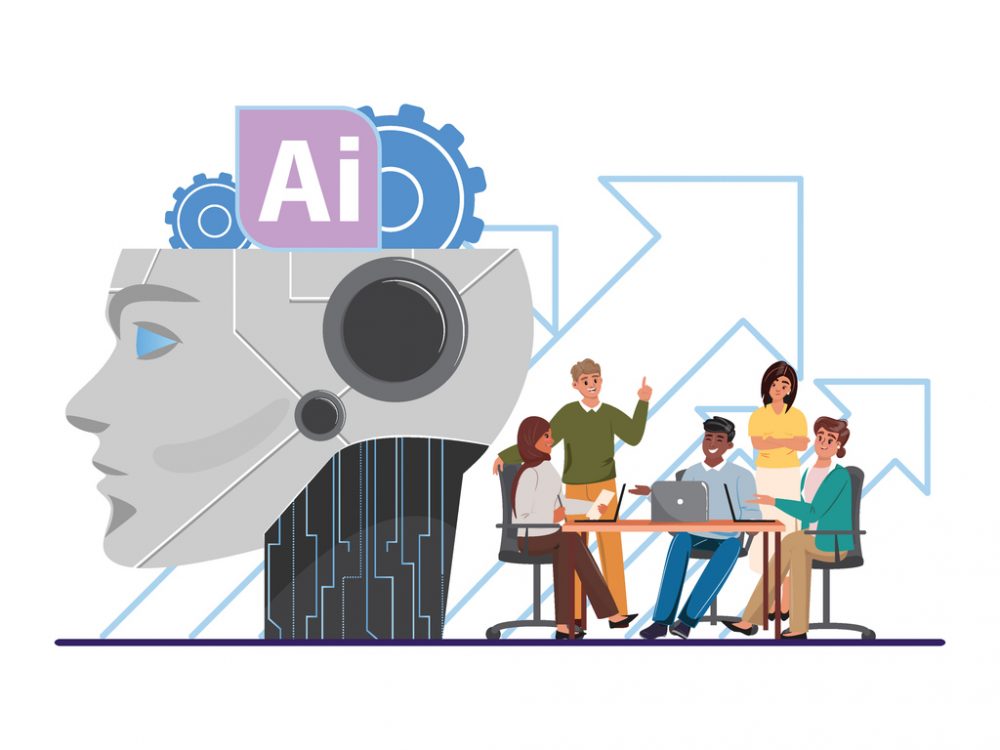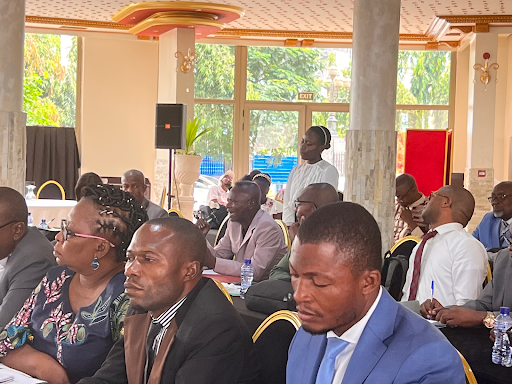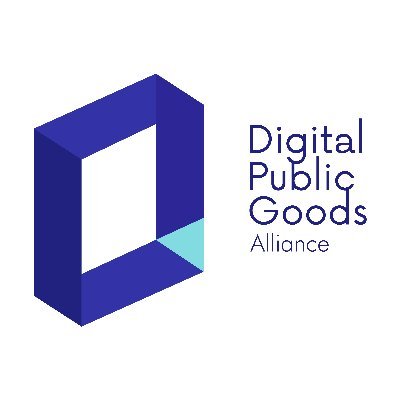Staging a Geospatial Data Revolution
(This is part 1 of a two-part series on the role of sub-national data and country systems in the Data Revolution. Part 1 discusses the progress made during the MDG process and what challenges are ahead over the next 15 years of the SDGs. Part 2 will discuss what is needed to put countries in the driver’s seat of the SDG process, to ensure that the beneficiaries of the data revolution are the ones who need it most.)
How far have we come?
Over the past decade and a half, the Millennium Development Goals (MDGs) united the international development community in the pursuit of improving lives. Before the Sustainable Development Goals (SDGs) are finalized, it’s critical to take stock of what we have – and have not – accomplished before we double down on the next fifteen years. So as we head into the age of the SDGs and the Data Revolution, what is going well? and where is more progress needed?
Following the money
What is going well? Many multilateral agencies and country governments around the world have already made significant progress in high-level data visualization, moving from bar graphs and pivot tables to using geospatial technology to visualize development assistance. Success stories include the World Bank, USAID, AfDB and AsDB, as well as Governments of Nepal, Cameroon, and Timor-Leste, to name a few.
What is missing? Up to 99% of a country’s financial picture! Undoubtedly, for countries where development assistance comprises a significant part of government budgets, mapping aid is a boon for policy and allocation decisions. But for many middle income countries like Indonesia, ODA represents an extremely small proportion of government budget. In these cases, mapping aid information is useful to a point, but leaves most of the big picture obscured. It’s time to move beyond development assistance mapping, and towards full resource tracking – domestic budget, private sector investment, and remittance flows – enabling governments to view the complete picture of investments within their borders. DG, with its AidData partners, are working closely with the Follow the Money Network to explore these frontiers.
Finding the needs
What is going well? Through increased census availability, World Development Indicators, Measure DHS, and other multi-national sources, more information than ever is available on who needs what, and where? As we aim for a world without extreme poverty, or try to achieve the “last mile” of any SDG – be it universal educational enrollment or the complete eradication of diseases like polio – timely, sub-national data are required to guide program implementation and put governments in the drivers seat.
What is missing? Timeliness! Often, data are collected only every 5-10 years, leaving resource allocators and program implementers aiming for an invisible, moving target based on guesswork or extrapolation from prior trends. Greater investments in more frequent sub-national data collection efforts, and improved use of technological advancements to drive down collection costs, are both needed.
Sharing results
What is going well? Some organizations are making progress, showing the way forward for the rest. For example, the Millennium Challenge Corporation publishes rich data on its performance, including target and actual results indicators.
What is missing? Of the 300 IATI publishers, less than 10 currently publish any results information. Managing for Results has been a key part of the development agenda for years, but at present, results information is distributed in a cacophonous web of PDFs, custom M&E systems, and excel spreadsheets with no comparable standards or alignment with country frameworks. This makes it nearly impossible to draw conclusions of what works? where? and under what conditions? More progress must be made to publishing results information in a machine-readable format, along-side project data in IATI.
Where are we now?
Reviewing the past 15 years, much has been achieved in getting, using, and publishing data needed to track the MDGs. Perhaps most notably, the idea of a Data Revolution would have seemed impossible at the time of the MDG consultations. With data now occupying a more central place in development thought, now is the time to build on our successes and create country data ecosystems that inform decisions and drive improved results.
Next week, we’ll take a look at three major challenges for the development community in launching a Geospatial Data Revolution.
This was first presented at the Esri Federal GIS Conference on February 9, 2015. Image from Elif Ayiter under CC BY-NC-ND 2.0.
Share This Post
Related from our library

Beyond Kigali: Where Does Africa Go from Here with AI?
As governments, funders, entrepreneurs, and technology leaders rally around the AI moment and move towards actions, at Development Gateway, we are asking a different set of questions: Where is the data, and what is the quality of the data behind the algorithms? How will legacy government systems feed AI tools with fresh and usable data? Are Government ministries resourced to govern and trust the AI tools that they are being encouraged to adopt?

Stakeholder, Where Art Thou?: Three Insights on Using Governance Structures to Foster Stakeholder Engagement
Through our Tobacco Control Data Initiative (TCDI) program and its sister program Data on Youth and Tobacco in Africa (DaYTA), we have learned that creating governance structures, such as advisory boards or steering committees, is one approach to ensuring that digital solutions appropriately meet stakeholders’ needs and foster future stakeholder engagement. In this blog, we explore three insights on how governance structures can advance buy-in with individual stakeholders while connecting them to one another.

DG’s Open Contracting Portal Designated as a Digital Public Good
Digital Public Goods Alliance designated DG’s Open Contracting Portal as a digital public good in September 2022. The Portal provides procurement analytics that can be used to improve procurement efficiency and, in turn, reduce corruption and increase impact.